Over the years, when asked the question “where” exactly we lived within China, I usually responded something like this:
“The foothills of Tibet in Northwest China.”
However, this was always slightly misleading. We only lived in “northwest China” in the sense that the vast majority of the Chinese population resided south and east of us. However, on a large map of China our city would look to be right in the heart of the Middle Kingdom (literally, the geographic center of China was a few dozen south of our home).
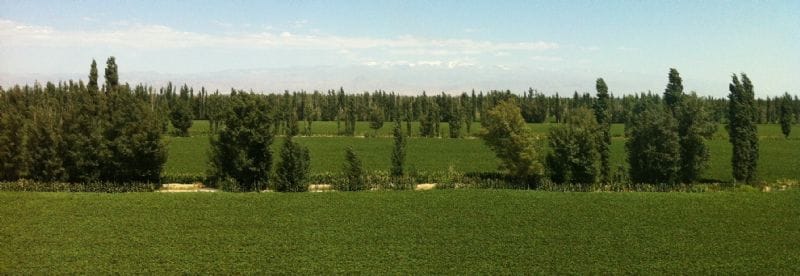 This was taken in an expansive valley which connects our home region with “far northwest China” Notice the snowcapped peaks far in the distance.
This was taken in an expansive valley which connects our home region with “far northwest China” Notice the snowcapped peaks far in the distance.
First Trip to the True Northwest
Five years ago this summer (late June, 2015) I embarked on a train journey to traverse China’s northwesternmost province (Xinjiang, a.k.a. Far West China) for the first time. This region is home to the persecuted unreached Uyghur Muslims.
(Little did I know in 2015 that the sprawling province of Xinjiang would soon transform into a virtual gulag as the Communist authorities began to systematically persecute and brainwash the minority peoples and religions throughout the region.)
My travel goals were two-fold:
1) explore, learn, and get a feel for the Uyghur culture that I had heard so much about
2) try to gauge the current risk of evangelistic outreach, and look for future opportunities
This second goal was of special interest to me because both teams I had helped send to this region previously were either followed and harassed by police (2011), or detained deported from China (January, 2015)! I wanted to try and retrace their steps and experience for myself what it was like to engage the locals in conversation and also discreetly distribute Bibles and tracts at mosques and in towns and villages.
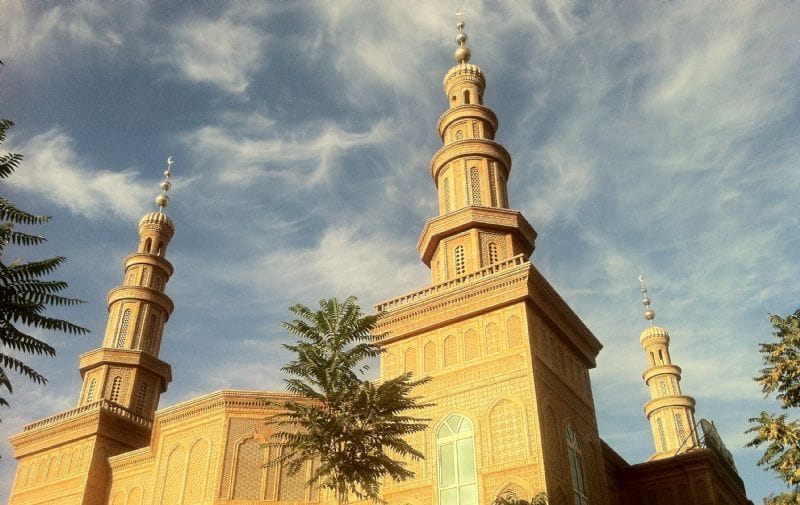
So I planned to visit a handful of the region’s most important cities, including Turpan (known for having the lowest elevation in China, well below sea-level) and Kashgar, home of central Asia’s largest bazaar (and just a stone’s throw from Pakistan, Afganistan, Kyrgyzstan, and Tajikistan).
Turpan
I was a bit nervous as I first began to explore the dry, hot city of Turpan, since this was where my two friends had run into trouble the winter before. However, I soon discovered that I could explore the back streets and alleys of the outlying villages (even retracing some of their steps) without being followed or drawing much attention to myself at all. I even made a few friends, at one point getting invited into a village home for tea and freshly picked grapes. I was also able to strategically place a few Gospel booklets here and there, including at a mosque in town, before departing on my train later that same day.
All in all, I really enjoyed Turpan’s laidback atmosphere and would love to go back, especially in the Spring or Autumn when its not 100+ degrees!
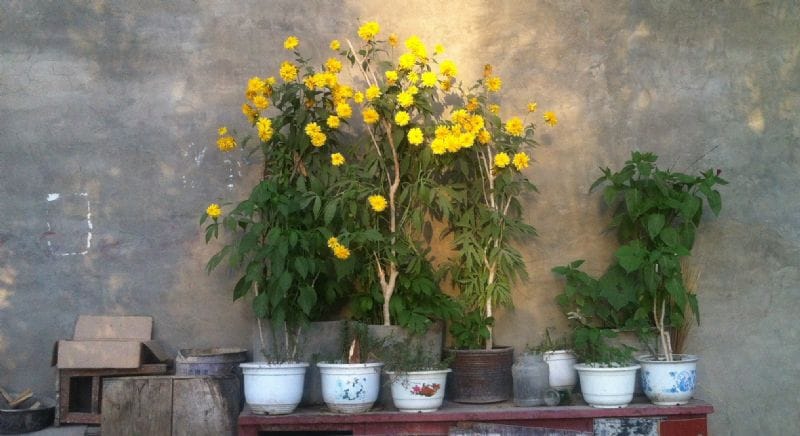
Railway Station Village
In the second town I (briefly) visited, I was able to use a *strategy that I had previously only talked about. That is, I booked a train to arrive in the middle of the night, and another train to depart from the same station, just an hour or two later. The idea was to give myself just enough time to sneak away from the station to a nearby unreached village (which I had already mapped out) and leave a Gospel tract (in the local language) at as many doors as possible, and then return to hop back on my “getaway” train well before dawn.
I had to overcome two issues at the start. The first was that there were quite a few armed police and military stationed at the small train station, even in the middle of the night. It made me a bit nervous, as I don’t exactly “blend in”. The second was I couldn’t find a suitable place to pay to store my small suitcase while I went for my evangelistic “walkabout”. I ended up having to hide it in some bushes off the side of the road that led to the tunnel (under the tracks) which led to my target village.
With those issues sorted, I had a couple hours to complete my task. All told, I probably walked 3 or 4 miles that warm summer night in the desert of central Asia, but avoided any major difficulties. And thankfully my bag was right where I had left it off the side of the road (albeit now a bit lighter!). Praise God for a beautiful, exhausting, and memorable night!
*This kind of strategy is needed in some places where outsiders attract immediate attention just being there during the light of day.
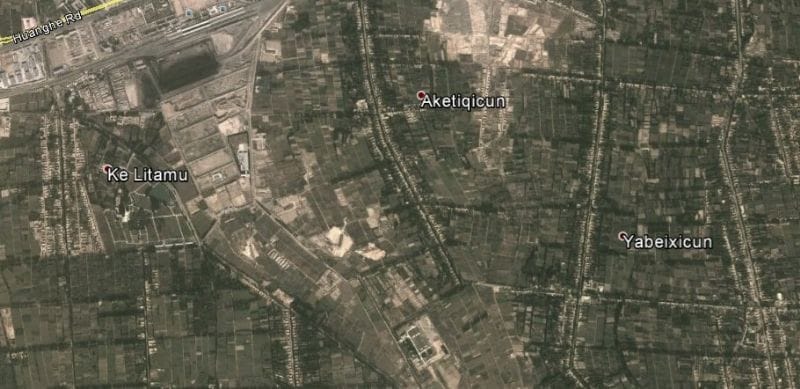 This is a map of the area I wrote about above. The train station is in the upper left, and one of these villages (I won’t say which) was my target.
This is a map of the area I wrote about above. The train station is in the upper left, and one of these villages (I won’t say which) was my target.
Aksu
I walked countless miles around Aksu, the third city on my journey, during the day and night I spent there. At first my wanderings were simply in search of a hotel that would allow me to book a room. Certain cities in China forbid foreigners from staying at all but a select few (expensive) hotels.
After finally getting settled and resting up after my village adventure earlier that morning, I went out to explore. It was during the middle of Ramadan, Islam’s holy month, and the mosque gates all had people continuously milling about, keeping me from being able to safely “deposit” my evangelistic gifts near their entrances.
I finally found the mosques free of foot traffic on my third walking (jogging) tour of a certain part of the city at 430am the morning I left!
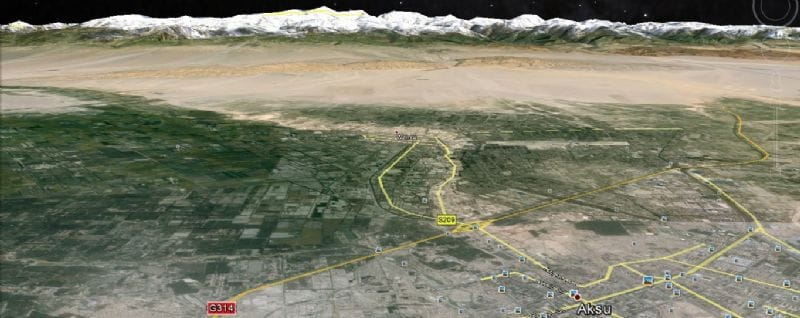 Aksu sits on the edge of the Taklamakan Desert, with the “Heavenly Mountains” (Tian Shan) forming a 24,406 ft high border with Kyrgyzstan!
Aksu sits on the edge of the Taklamakan Desert, with the “Heavenly Mountains” (Tian Shan) forming a 24,406 ft high border with Kyrgyzstan!
Kashgar
The fourth and final city I visited in Xinjiang, Kashgar, was cooler than I expected, both literally and figuratively. It evidently rained more during the two days I was there than it had in a long time, because my train never actually made it to the station due to flooding! We all had to disembark and take a bus and a taxi into town from another station an hour away. And the rainy weather was cool, which was not what I expected on a summer trip to the desert! Nice.
The town itself was cool too, at least in the sense that the “old city” retained a very strong vibe of the local Uygher culture. I could explore for hours without meeting another foreigner or even a Chinese person. Uyghurs everywhere! They are very friendly people, too. I made some friends at the night (snack) market, where I feasted on a huge charbroiled piece of fish, as well as at the huge bazaar where I met a guy selling a certain foods that I had previously only heard of in Peru.
(I was able to keep in touch with him for awhile after my trip, but I worry now that he would be nearly impossible to find, as he was the prime target age and demographic for the current Communist anti-Uyghur campaign.)
I arrived in Kashgar under the impression that it had been “overrun” by Chinese migrants. That might indeed be the case in the suburbs (which I did not visit), but the city center felt more like Islamabad or Kabul than any Chinese city I’ve been to.
All in all, my experiences in Xinjiang, among the beautiful Uyghur people, where both eye-opening and enjoyable. Although it definitely won’t happen before 2023, I do hope to visit Xinjiang again some day. I just pray that the Uyghur people will survive the current attack on their existence, and that God would open their hearts to embrace the only One who can truly liberate them from all evil, both external and internal.
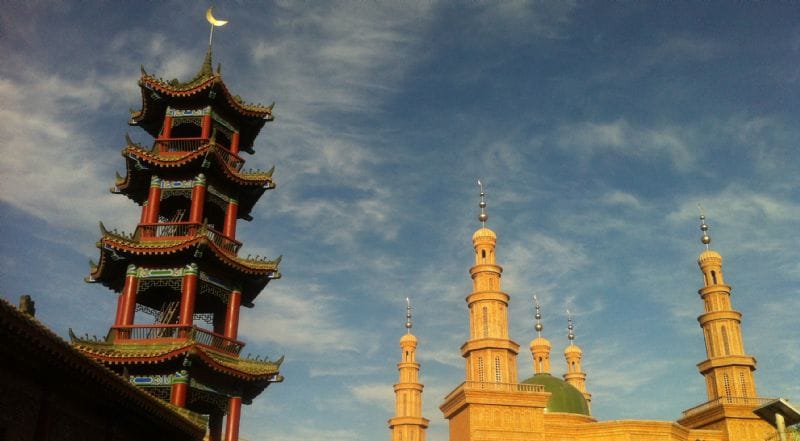
Far West China to Far East Asia: Kashgar to Tokyo
Departing from Kashgar by air, I made use of some United miles to book a free flight all the way to Tokyo! The required miles were the same whether I flew 400 miles 4 thousand, so I figured I might as well make the ticket count.
I had a few reasons for traveling to Japan, including but not limited to: visa renewal (I had to exit China every 90 days), fellowship (our friends and team leaders live near Tokyo), and experiencing Japanese culture for the first time (previously, I’d only spent one day in transiting Tokyo’s Narita airport en route to China.)
So I flew from Kashgar to Urumqi to Beijing to Dalian to Hiroshima to Tokyo, about 28 hours in all, one-way. This was probably the weirdest contrast of cultures (and geography) I’ve ever experienced, especially in such a short span of time.
This is a woefully incomplete summary, but I enjoyed the view from Hiroshima airport (lush, green mountains were NOT what I expected), all the food I ate (even the things I’d never heard of before), the church near Tokyo where I preached (and their sincere desire to pray for God’s Work in China), the baseball game in Okinawa (I love baseball, but it’s virtually non-existent in China), and the Dr. Pepper (n/a in China, but available most places in Japan!).
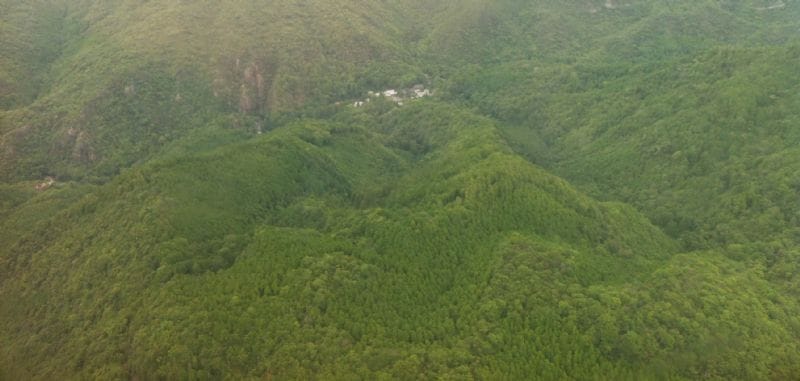 I took this from the plane just before landing at Hiroshima Airport, which is located miles outside the city.
I took this from the plane just before landing at Hiroshima Airport, which is located miles outside the city.
Coming Soon: Detained at a Xinjiang Church
I left Xinjiang certain that I would return again soon, and I hoped to bring my wife along with me.
Well, I did make it back just a little more than a month later. In fact, I wrote the original draft of this post from the train on August 9th, 2015 (with my wife by my side), on our way home from our quick weekend getaway to Xinjiang. Unfortunately, we were forced to spend the final few hours of our trip in police custody.
I think a follow-up post is in order…
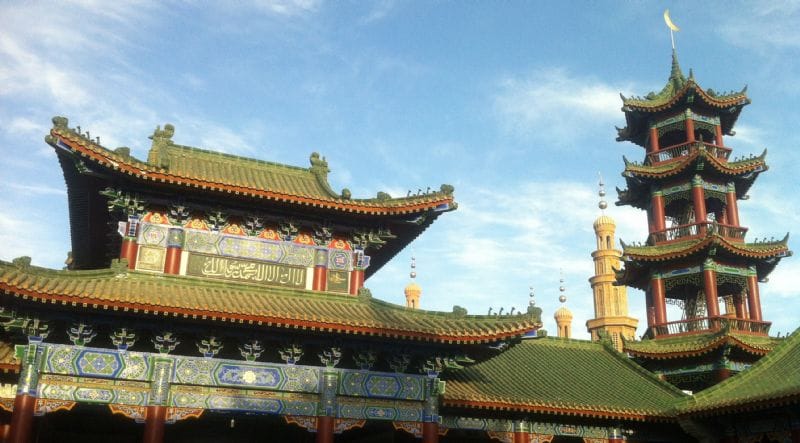 Full disclosure: All of the pics in this post were taken in Hami on the trip with my wife. On my first trip, I didn’t take many pics, for security reasons.
Full disclosure: All of the pics in this post were taken in Hami on the trip with my wife. On my first trip, I didn’t take many pics, for security reasons.


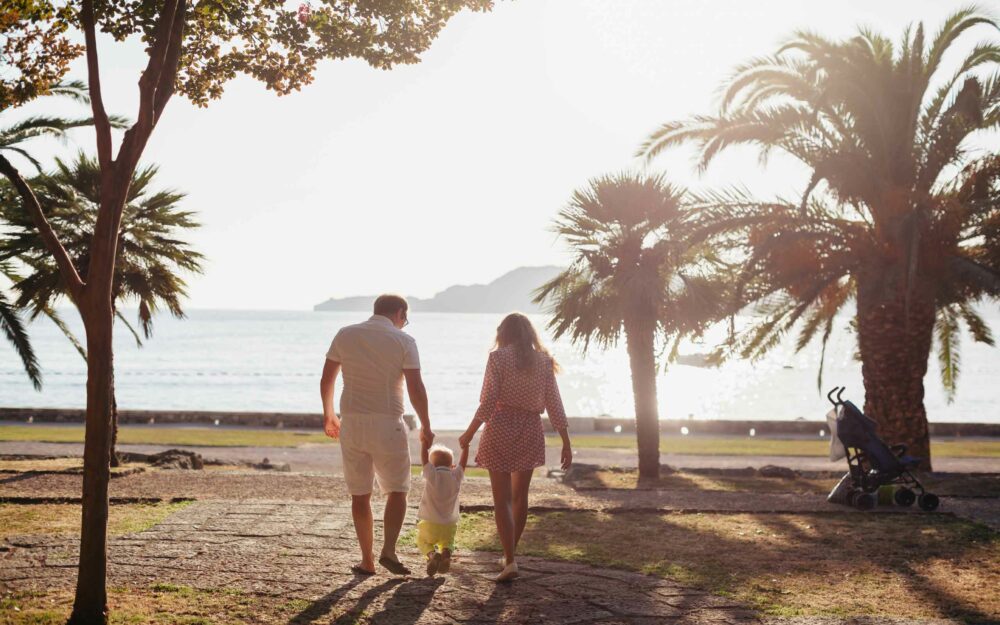
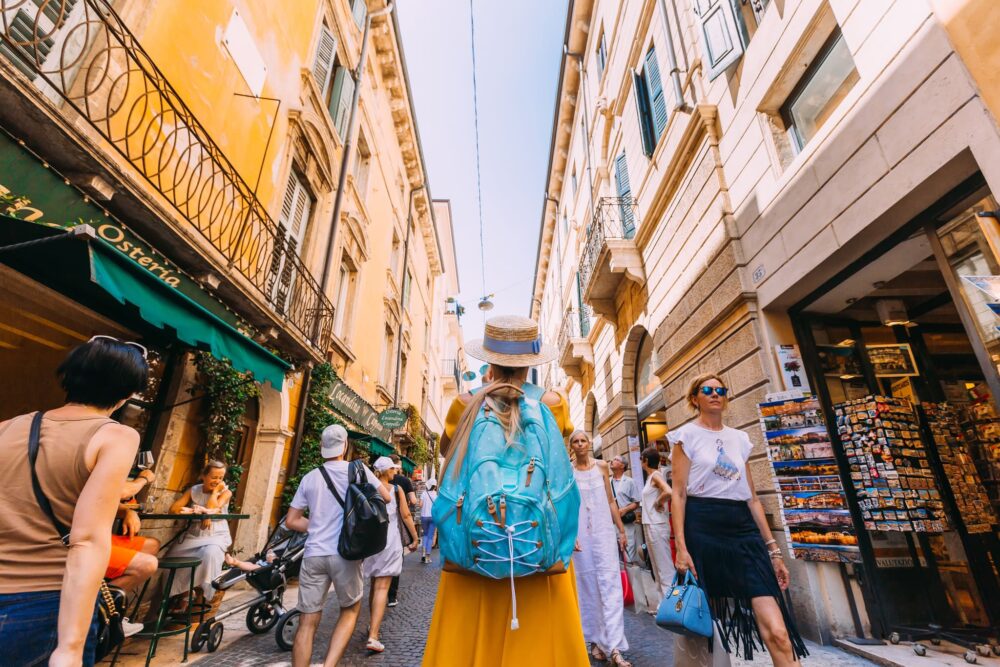

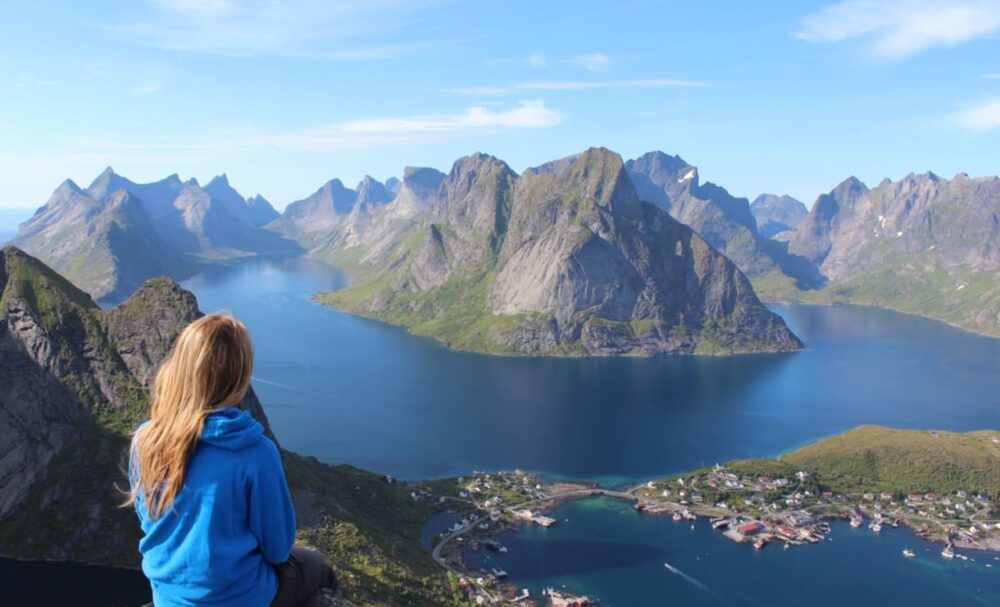

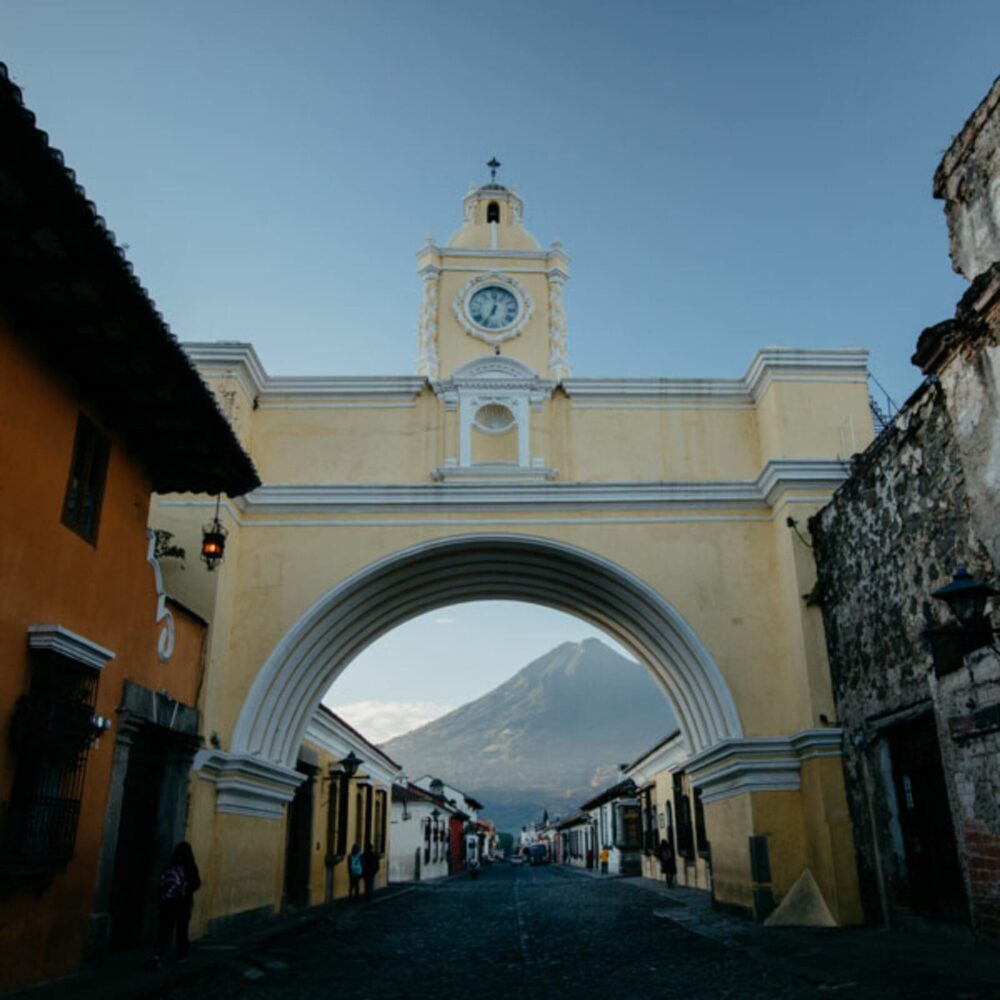
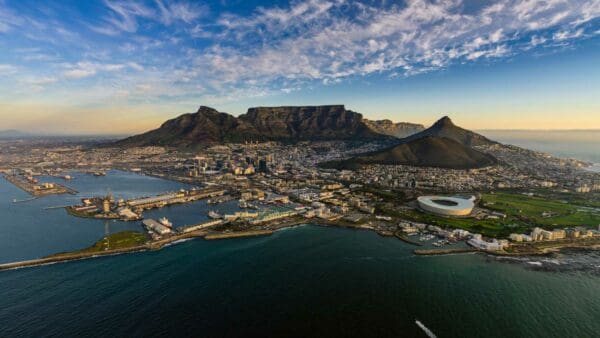
Awesome brother. Your journey gives fuel for my heart, and I miss the times we had in China! All the best and may your feet bring the Good News!
great u r going to this area. Yes will need much prayer. I want to share with you but not on the blog.
I will send email.
Loved reading this account of your adventures. The memories of our few days with you and your family remind us to call your name out often for protection and guidance.